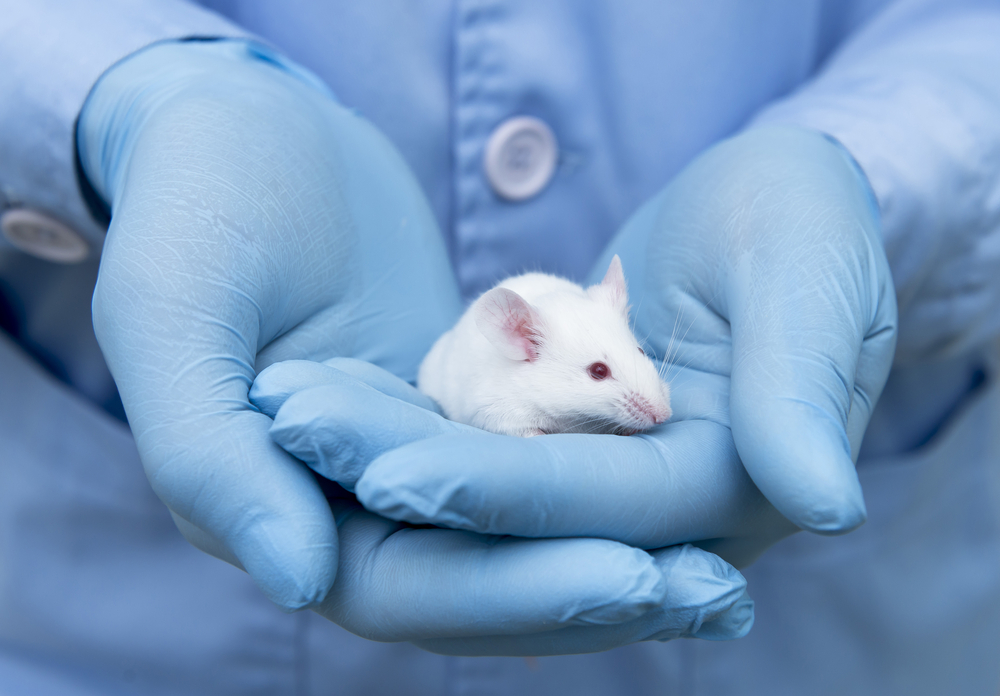Raising Both Dystrophin and Utrophin Levels May Rescue Muscles in DMD, Mouse Study Suggests

Using a genetic engineering tool to restore dystrophin while raising levels of utrophin, a similar protein, leads to better improvements in muscle function than either approach alone, research in a mouse model of Duchenne muscular dystrophy (DMD) reports.
The study, “The potential of utrophin and dystrophin combination therapies for Duchenne muscular dystrophy,” appeared in the journal Human Molecular Genetics.
Current dystrophin-replacement treatment approaches in DMD have limitations, such as not being applicable to specific subsets of patients, and gene therapies are troubled by low efficiency and poor targeting in fibrotic (scarred) muscle. They are not able providing the same benefit of full-length dystrophin, the protein missing in these patients.
Preclinical studies suggest that combination therapies, including micro-dystrophin, provide greater benefits that stand-alone treatment. But they required the administration of two viral vectors, which can hamper them reaching routine clinical use.
Utrophin is a protein structurally and functionally similar to dystrophin. Its levels rise in the dystrophic muscle as part of the repair process. Overproduction of utrophin in an earlier study eased disease-related alterations and was well-tolerated in mice, supporting the development of utrophin-based therapies for DMD patients.
Join our MD forums: an online community especially for patients with Muscular Atrophy.
Utrophin and dystrophin can be produced at the muscle membrane of the same muscle fibers, as shown in DMD carriers and in patients with the milder Becker MD.
As such, a team at University of Oxford used mice to explore the benefit of combining dystrophin restoration with increased expression of utrophin.
“To our knowledge, our ‘proof of principle’ study is the first attempt to combine two strategies for DMD targeting the primary defect of the disease,” the researchers wrote.
Given the different levels of utrophin in skeletal muscle, the team used the mdx mouse model of DMD as well as wild-type (normal) mice, both genetically modified to produce higher-than-normal levels of utrophin.
Results revealed that, unlike wild-type mice with moderate levels of utrophin, those with high levels of this protein had significant reductions in dystrophin. According to the investigators, this suggests a limited number of utrophin and dystrophin’s binding sites at the sarcolemma (membrane of the muscle cell) — and that “utrophin and dystrophin expression could be intrinsically linked and coordinated,” the researchers wrote.
“Thus, utrophin upregulation strategies may be applied to the more mildly affected Becker patients with lower dystrophin levels,” they added.
Further tests showed that moderate and high levels of utrophin improved muscle function in mdx mice to similar degrees. These effects were more pronounced in wild-type animals, meaning with dystrophin, “illustrating the benefits of the utrophin/dystrophin combination,” the investigators said.
Subsequent experiments assessed dystrophin restoration using exon-skipping — which enables the cellular machinery to “skip” faulty spots in genes — in the DMD mouse model, after treatment with a single dose of a compound called P-PMO. This resulted in a 33% to 34% recovery of dystrophin production in the tibialis anterior muscles (lower leg) of mdx mice, which was not altered by moderate or higher increases in utrophin.
Restoring dystrophin levels with exon-skipping protected muscle function at levels similar to those in animals with induced production of moderate/high levels of utrophin. Importantly, unlike mice with either restored dystrophin or increased utrophin alone, combining the two approaches fully rescued muscle function to normal levels. This was similar with both moderate and higher increases in utrophin.
“We demonstrated for the first time that utrophin and dystrophin, expressed at the same localization and targeting the primary cause of DMD, can be used in combination and offer additive and extra functional benefits over the normal condition,” the researchers wrote.
“Thus, this combination therapy results in additive functional benefit and paves the way for potential future combinations of dystrophin- and utrophin-based strategies,” they concluded.






